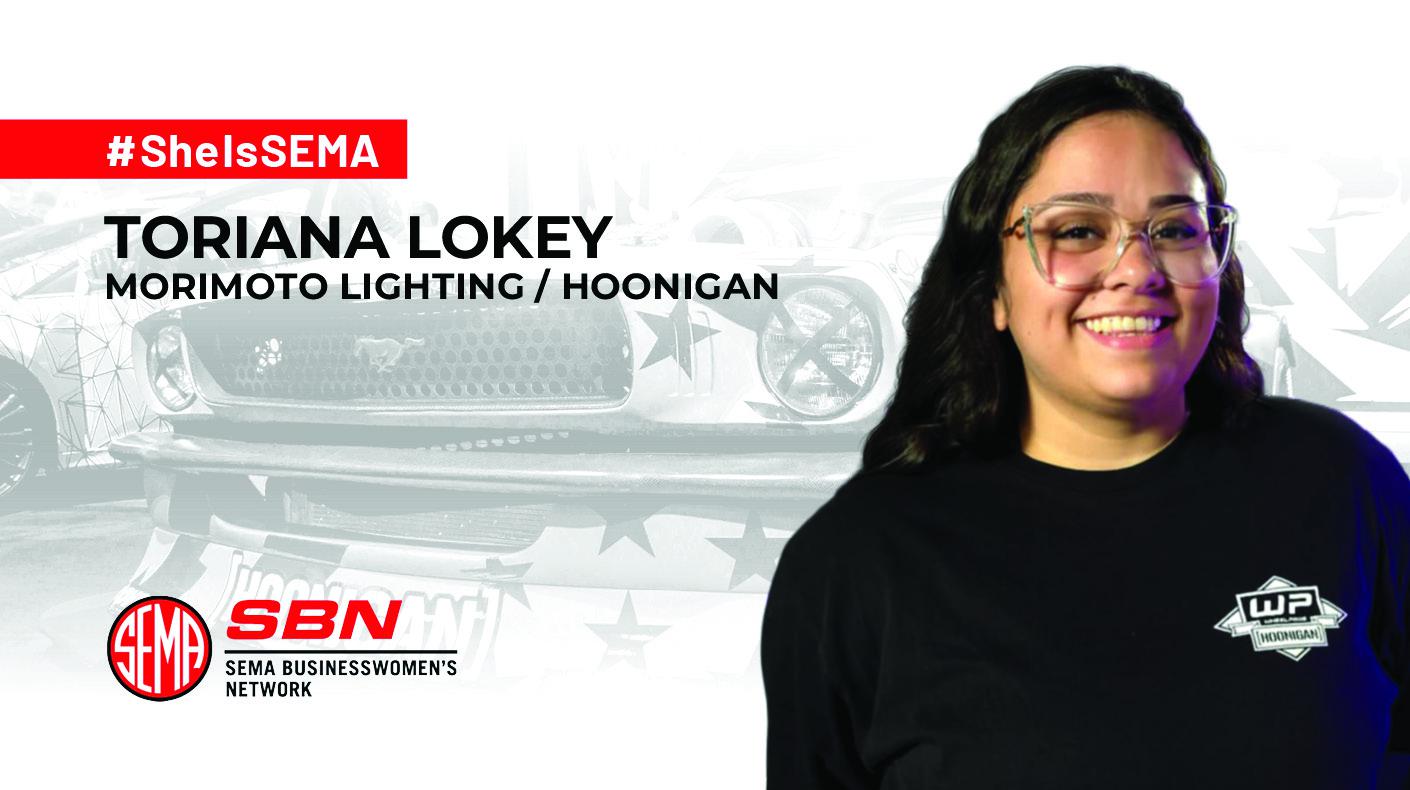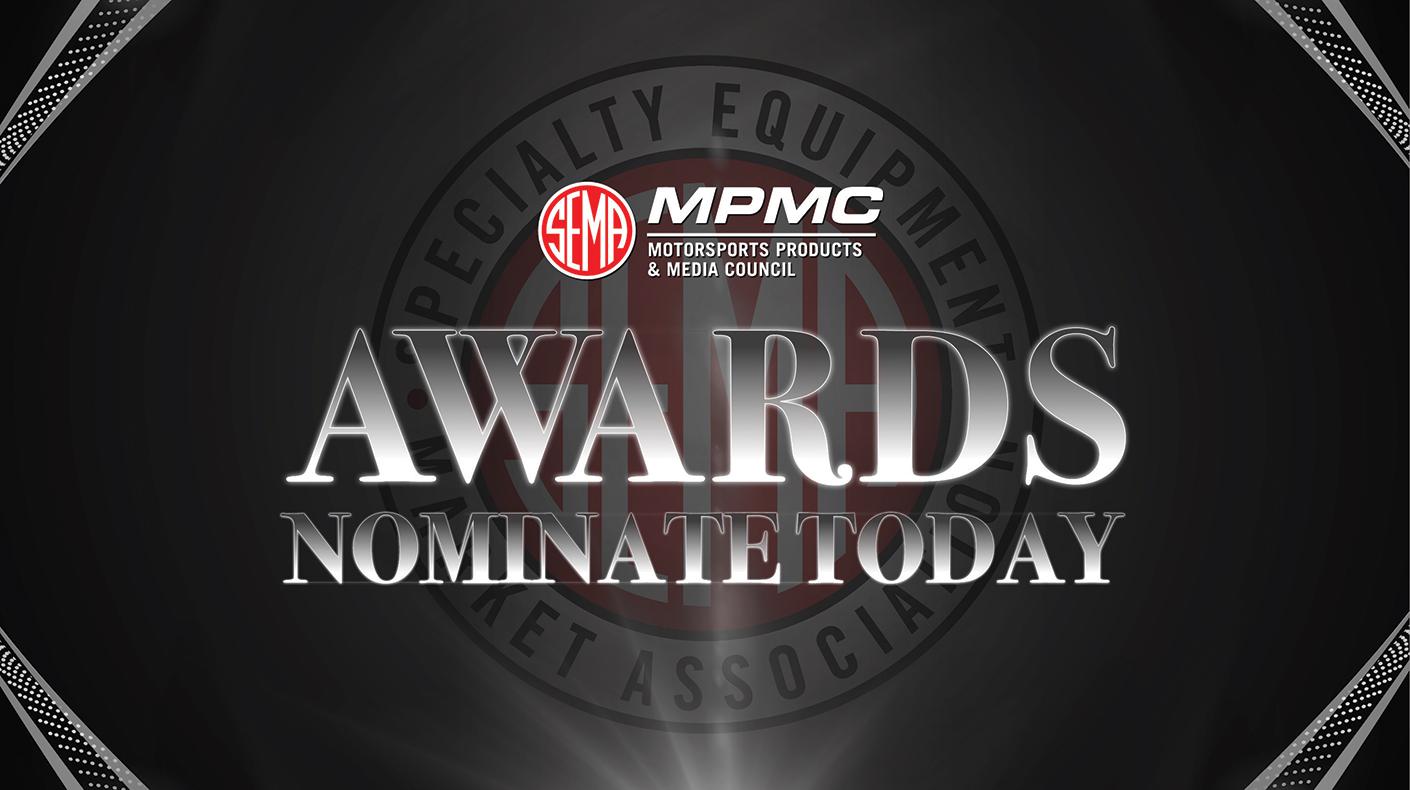 |
| This year’s Dealer Day will focus on accessory integration, sales, profit and will also provide participants with a “how-to” manual that outlines best practices and guidelines for Dealer Accessory Programs. |
Several years ago, I was asked to make a presentation to a group of general managers and dealer principles about integrating an accessory program as part of their day-to-day operations. The success of an in-house program for the owner’s Cadillac franchise had sparked interest as to whether a similar business model would work in his Honda and Toyota franchises.
The presentation covered the basics: 1) opportunity cost; 2) liability; 3) incentive structure; 4) inventory; and 5) ROI. The presentation was followed by a Q&A in which areas, such as logistics, staffing and vehicle styling, were addressed. The CFO of this automotive group then asked the fundamental question: "What is the one thing that would hinder the success of implementing an accessory program into our other dealerships?” After some consideration, I responded: “The lack of support from ownership and/or upper management.”
Sure, there are many important factors that contribute to whether an accessory program will work or not, but none more so than the active support of leadership. Active versus passive support is critical. For any program to realize its potential, it must be given both the conditions and resources necessary to thrive.
For example, let’s assume that both the active and passive dealer set the conditions for accessory integration to be increased revenue and vehicle sales. The two dealers, however, differ in terms of the tools they provide to achieve this goal—the resources. As where the passive dealer may allow for one or two vehicles to be equipped, the active dealer would require that there are, at minimum, representative vehicles for every car line and that a predetermined percentage of all inventory is dressed up.
Active support goes much further than this. Dealerships ought to require that the selling of accessories be a function of the salesperson’s responsibilities, not an after-thought. This can be measured along the same line as the total vehicles sold monthly and gross profit generated. In addition, accessories should be fully intertwined with all collateral programs and marketing efforts. It is that important.
The bottom line is that accessories will help you sell cars, increase profits and differentiate your product line. However, this requires the active support of leadership and an accessory-conducive culture from top to bottom. Too often, accessory results are unfairly judged within an environment in which they were not really given an opportunity to succeed. It takes time and commitment, but the fruit will be worth the labor.—Zane Clark, SEMA Council Director
Get in the game. Learn more at Dealer Day 2010.





